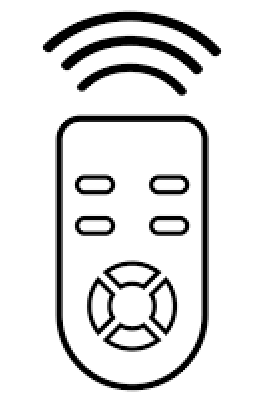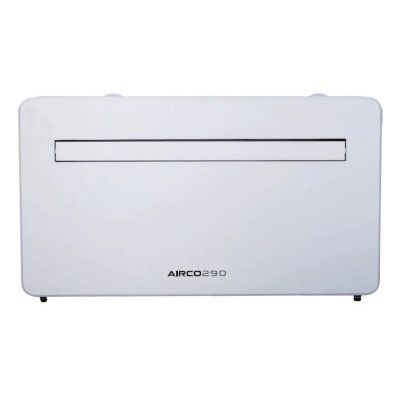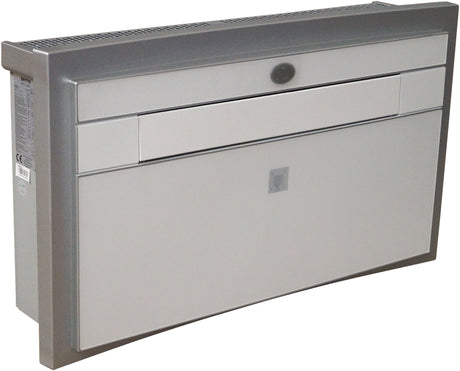The power output of an all-in-one wall-mounted AC, measured in watts (W), indicates the energy it consumes to cool a space. Higher output generally enables faster and more effective cooling in larger rooms, while lower output suits smaller areas. Unlike split systems with outdoor compressors, these units house all components indoors, optimizing power for single-room use.
Power output reflects the energy needed for the compressor, fan, and other functions within the unit. Higher wattage can enhance cooling, though many models are designed for efficiency, with inverter technology adjusting power to reduce consumption when full capacity isn’t needed.
Choosing the right power output ensures effective, energy-efficient cooling based on room size. Proper wattage not only maximizes comfort but also manages energy costs, making these units both practical and economical for targeted cooling.















